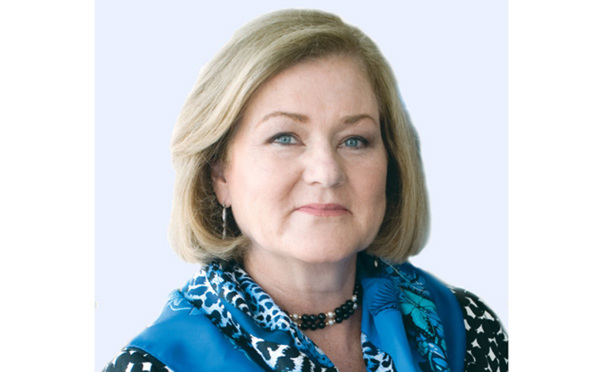Three years ago, the U.S. Court of Appeals for the First Circuit permitted a new analytical approach to the traditional concept of “control group” for pension liability purposes, at least for multi-employer pension plans.1 In Sun Capital Partners III, LP v. New Eng. Teamsters & Trucking Indus. Pension Fund2 the First Circuit held that a private equity fund that was actively involved in management and operations of its portfolio company was considered a “trade or business” under the MPPAA, and thereby may be liable for the portfolio company’s unfunded pension obligations. Although the First Circuit remanded for further proceedings on the issue of “common control,” the decision did broaden the inquiry respecting unfunded pension liability, particularly in respect of private equity funds which, directly or indirectly, own 80 percent or greater interest in a portfolio company and are actively engaged in the management and operations of the company. The decision allowed an inquiry into whether management of the private equity funds and the portfolio company could meet ERISA thresholds and support imposing unfunded pension liability onto the private equity funds in the ownership chain.
The District Court on remand3 focused on the ownership structure of the failed portfolio company, looking beyond the question of whether any entity alone owned more than 80 percent. The failed portfolio company was owned by two private equity funds effectively organized and managed by the same private equity sponsor, neither of which individually held a “controlling interest” in the portfolio company as defined by the PBGC regulations—i.e., 80 percent ownership interest. The District Court concluded that on the facts presented regarding the management of the funds and the portfolio company, the funds operated as a “partnership-in-fact,” and thus their respective 70 percent and 30 percent ownership interests could be aggregated for the purposes of being considered a “control group” of the portfolio company. The decision places the sponsor and its management style, rather than technical ownership structure of its various investor funds, at the center of the inquiry for imposing control group (i.e., joint and several) liability for unfunded pension liabilities, at least in respect of the withdrawal penalty for multi-employer pension plans.
Background
This content has been archived. It is available through our partners, LexisNexis® and Bloomberg Law.
To view this content, please continue to their sites.
Not a Lexis Subscriber?
Subscribe Now
Not a Bloomberg Law Subscriber?
Subscribe Now
LexisNexis® and Bloomberg Law are third party online distributors of the broad collection of current and archived versions of ALM's legal news publications. LexisNexis® and Bloomberg Law customers are able to access and use ALM's content, including content from the National Law Journal, The American Lawyer, Legaltech News, The New York Law Journal, and Corporate Counsel, as well as other sources of legal information.
For questions call 1-877-256-2472 or contact us at [email protected]



